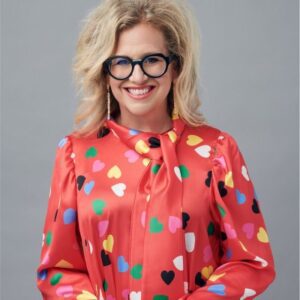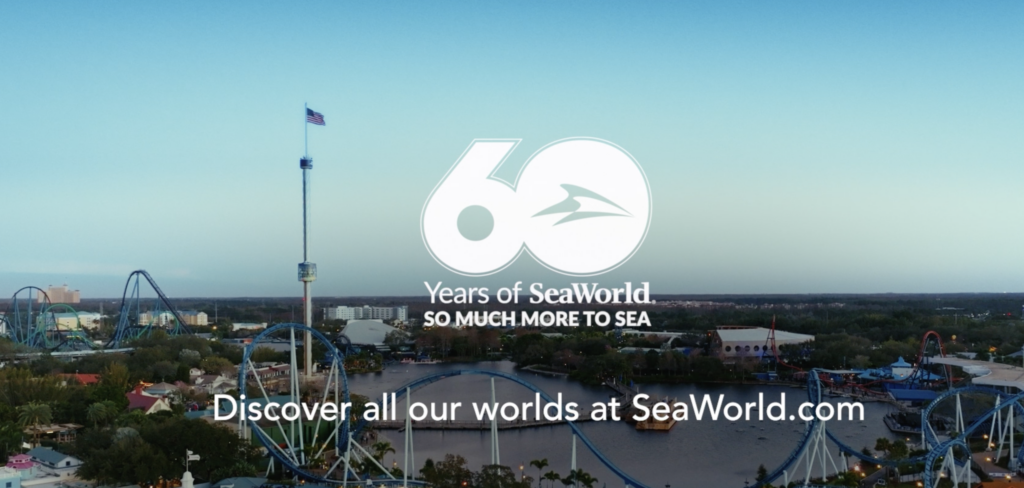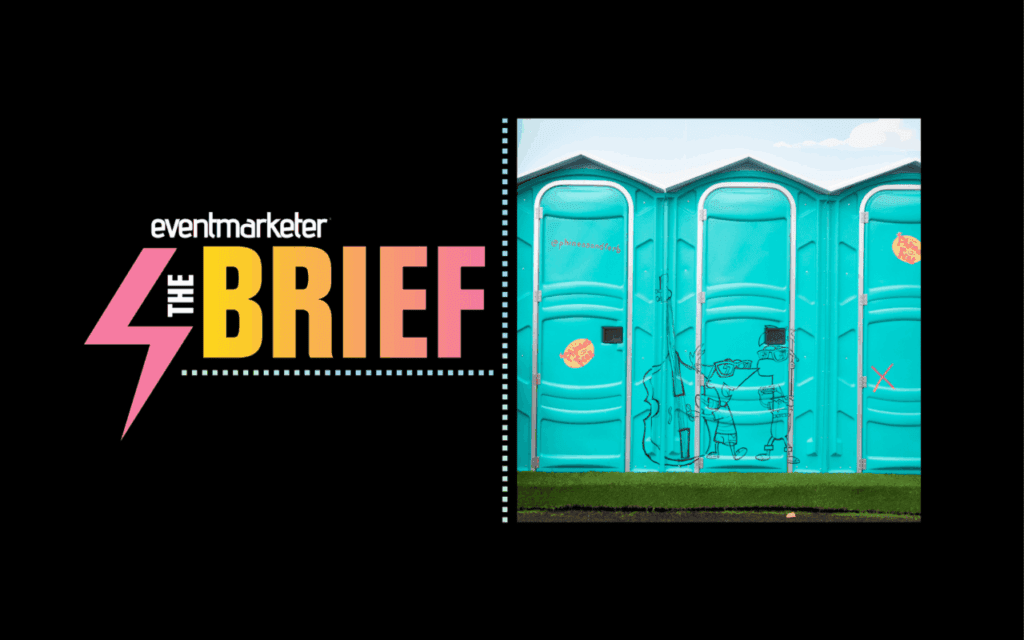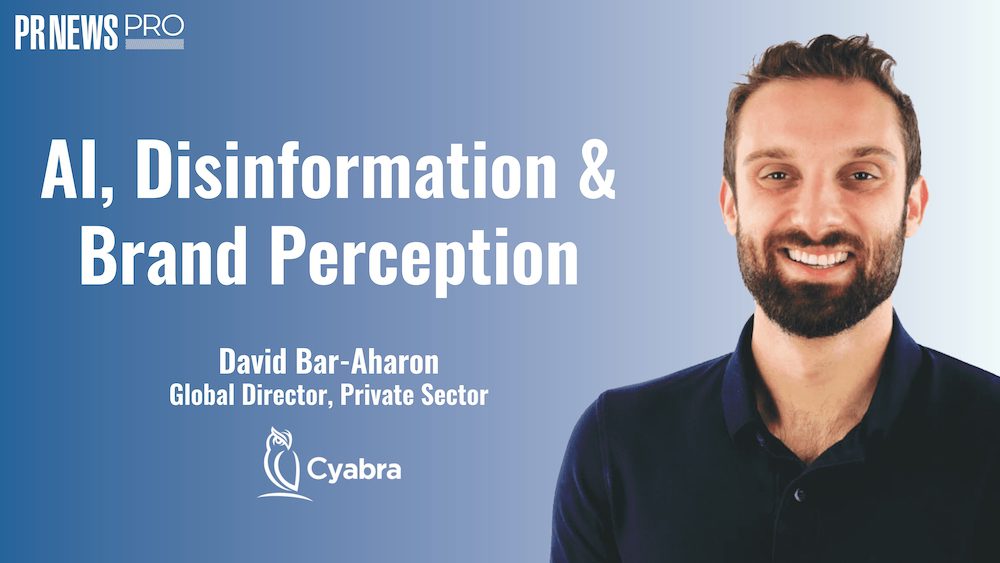
SeaWorld has launched its first brand campaign in several years to coincide with its 60th year in business. The campaign’s hero creative, dubbed “So Many Worlds to Love,” takes you through a day at the theme park through the eyes of a real family, while pointing to multiple “worlds” within the experience itself.
The idea, according to Marisa Thalberg, Chief Marketing and Communications Officer of parent company United Parks & Resorts, was to portray the experience that occurs when “education, realization and emotional connectivity” with ocean animals combines to create a “memory-making moment.”
Thalberg, who has held CMO roles at Taco Bell and Lowe’s in recent years, says it was time for the brand to tell a “higher-order story.” “We hadn’t been able to tell the story in that upper-funnel, higher-level way—expressing the totality of that experience in a new, fresh way—in some time,” she said. “We’re marketing all the fun, exciting things—the deals, the offers, the events, the activities that are happening in the park. But telling a higher-order story like this was something we knew we needed to do.”
Here’s our conversation with Thalberg about the campaign’s strategic marketing goals and target geographies; lessons learned from previous CMO gigs; and her experience leading a marketing team in the midst of pandemic lockdowns.
Chief Marketer: Why decide to do a brand campaign now? And what are your goals with it?

Marisa Thalberg, CMO and CCO of United Parks & Resorts: What attracted me originally to come join this company, and to think about the storytelling for these brands and these parks is, I didn’t have a deep understanding… of how rich the experience is. It’s one those core memory-making moments, in all the ways that you’d hope and expect a great day at a theme park would be, but with this additional layer of education, realization and emotional connectivity by experiencing some of the world’s and the ocean’s most important animals. And if you don’t see them, you don’t care about them. When you see the love and care that our ambassador team gives to them, it’s a transformative experience.
Some people will never get to go on an ocean cruise or a great marine expedition, and this is their chance to have that point of connection and to feel that love. You can go to another theme park and your children may have a day where they grow up wanting to be a prince or princess. And if they spend a day at SeaWorld—and this is real, this isn’t theoretical—they may come away dreaming of becoming a marine biologist or a veterinarian. That’s a real demonstration of impact.
So, we hadn’t been able to tell that story in that upper-funnel, higher-level way—expressing the totality of that experience in a new, fresh way—in some time. We’re obviously marketing all the time—the fun, exciting things that are happening, the deals, the offers, the events, the activities in the park. But telling a higher-order story like this was something we knew we needed to do.
CM: In the campaign’s hero spot, you cast a real family to tell the brand story. What’s the reason for that choice?
MT: For me, that was a big part of the authenticity and the credibility of it. There are people of all different ages and generations that come to SeaWorld, and if you spend a day in a park you see a swath of America and beyond, people represented from all over the world. But there is that sweet spot of a family having an experience together and the thrills together. If you’re a parent, which I am, there is something especially magical [about] being able to see it through your children’s eyes. The fact that it was a real family gives it even more heart and credibility.
There are three locations in the United States. So from a media standpoint, in our ideal scenario we have broad national awareness. And [there is] a more practical scenario, which is the approach we’re looking to take. We’re always marketing concentric circles of distance from the people who live nearby that are maybe more inclined to become pass members, because they can go all the time. We want those people to feel reinforced in their decision.
But then you get a little further out. Our San Diego Park, for example, is a day trip from LA. We want people in LA to be thinking anew about San Diego SeaWorld. We’ll feed into some key markets all the way to New York and the East Coast. We want to make sure that SeaWorld’s top of the consideration list for people making a trip to Orlando. And then we have the largest one in San Antonio, Texas. There is a strategy to make sure that we’re talking to all different demographics, of course, but also geographically thinking about where we’re most inclined to have the right markets that feed [into] these three parks.

CM: How are you planning to reach younger families? Is a TikTok strategy in the works?
TM: I don’t think in this case it’s about taking a piece of advertising and dropping it in TikTok. Although I do think this is the kind of content that works well as paid social, in other social channels that work well for us—for example, Facebook and Instagram. Part of our overall strategy—not necessarily tied to this exact execution, but just in general—is getting people to see the bigger idea, which is that there’s so many worlds to love. It’s a corollary to our 60th anniversary theme, which is, “there’s so much more to see.”
We use two different copy expressions all laddering to the same idea that we want people to see us with fresh eyes, and understand all that there is in the park experience, whether that’s someone who loves SeaWorld but hasn’t been in a long time or, to your point, maybe it’s someone who now has an emerging family that hadn’t thought about coming. That’s absolutely the strategic target for this. In a channel like TikTok, it’s going to be more through using influencers.
CM: You previously led marketing teams at both Taco Bell and Lowe’s. How did you land at this position?
MT: We rebranded the company just a couple months ago to United Parks and Resorts… But there are other incredible jewels in this portfolio, from Busch Gardens to Discovery Cove—which I personally love—to Sesame Place, Aquatica… It was the portfolio that was interesting. I always loved hospitality and entertainment. Even my Taco Bell era reinforced that for me. At Lowe’s, I was drawn to creating entertainment content—and that was an unexpected thing to do at a big box home improvement retailer—but I got two TV shows created while there. Being able to be in an industry that is about entertainment, hospitality and should have propensity for storytelling, was definitely part of the initial attraction.
CM: Consumers are craving experiences and connection now after not having it during the pandemic. How much has that factored into your marketing strategy?
MT: It’s interesting, because [soon after] I joined Lowe’s, as the first Executive Vice President of Marketing in the history of the company, the pandemic [hit]—and it changed everything. But it was an unbelievable responsibility and an honor to be able to figure out how to navigate a company focused on home at a time when we were all focused on home. And being at Lowe’s at the time, there was of course tailwind from what you’re experiencing in the world.
And then you look at a business like this. I can only imagine that there was tremendous headwind, when you can’t even run a business. Broadening the answer beyond a conversation about SeaWorld or Lowe’s to just in my CMO community, a lot of us were saying last year that no one really knows what the new run rate is post COVID. And I think we’re still seeing that settle out as behaviors are reforming and forming in new ways. Ultimately, our hunger for experiences is real. And perhaps our time in quarantine only reinforced that.
CM: Given the wealth of your experience, do you have advice for up-and-coming marketers aspiring to reach the C-suite?
MT: This is something I feel passionately about. I’ve had a lot of experiences; some of them have been amazing, some of them really hard. Some of the risks I’ve taken have paid off in wonderful, unexpected ways. And other risks I’ve taken haven’t been what I had maybe imagined or hoped. I always joke, “that’s the fine print.” You forget about risks. We glorify high-risk, high-reward in our culture, but risks are risky. And it means you have to have a propensity for going for it, but have some resilience.
There will always be an art to great storytelling. Why? Because we’re still always fundamentally human. Being a marketer means… thinking about all the levers and drivers and the complicated decision journeys we all make in our heads. The great thing about marketing is you get to play with all that, with the psychology, business and culture. And when it works, it’s exhilarating.
But it’s changing in ways that are profound. And it’s more than just AI—it’s all of it. Fifteen or so years ago, my job was to lead the Estée Lauder companies into a new world of marketing that we weren’t even calling “social media” yet. It was called “Web 2.0” when I started there. So it’s always changing. But my advice is to be adaptable, to learn and to try and experiment, but don’t ever lose the art and the passion for what makes for great human connection—because that ultimately is what drives behavior.


 Network
Network

